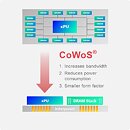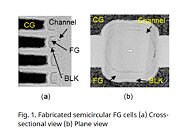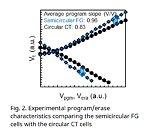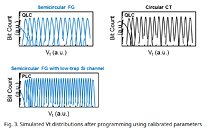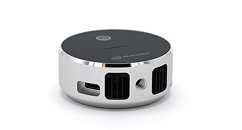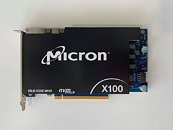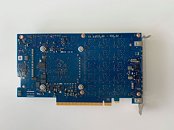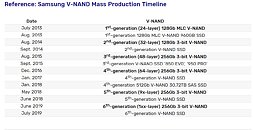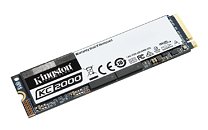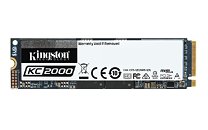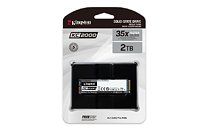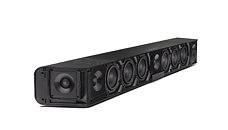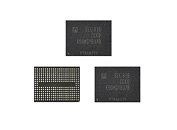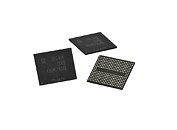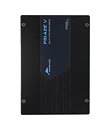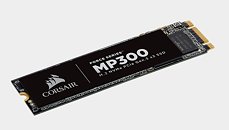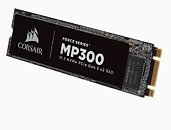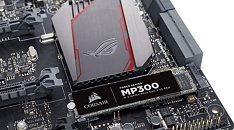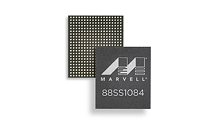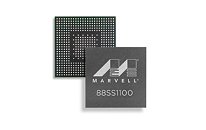
BenQ Launches SW321C 32-inch Monitor
BenQ today announced the latest addition to its monitor family design for professional use. The SW321C, as it is called, is a 32-inch monitor with an IPS panel of 4K (3840×2160p) resolution. The panel itself is a 60 Hz screen with 250 nits of brightness, 1000:1 contrast ratio, 5 ms GtG response time, and it offers 178-degree viewing angles, which is standard for IPS panels. When it comes to the color coverage and the ability to accurately represent them, the SW321C features 95% of the DCI-P3, 99% of the Adobe RGB, and 100% of the sRGB color gamut. It has a 16-bit 3D look-up table (LUT) and features calibration for DeltaE ≤ 2.
The monitor comes with HDR10 specification, however, due to the brightness of 250 nits, it is not capable of performing any serious HDR content editing. Another interesting note is that this monitor supports Hybrid Log-Gamma (HLG) standard, which is an uncommon one. For input, the monitor had support for one DisplayPort 1.4, two HDMI 2.0, and one USB-C port. There is a dual-port USB hub, which has an SD card reader right next to it, making this very useful feature for photographers. Exact pricing and availability of this monitor are unknown, however, it is supposed to hit the market soon.
The monitor comes with HDR10 specification, however, due to the brightness of 250 nits, it is not capable of performing any serious HDR content editing. Another interesting note is that this monitor supports Hybrid Log-Gamma (HLG) standard, which is an uncommon one. For input, the monitor had support for one DisplayPort 1.4, two HDMI 2.0, and one USB-C port. There is a dual-port USB hub, which has an SD card reader right next to it, making this very useful feature for photographers. Exact pricing and availability of this monitor are unknown, however, it is supposed to hit the market soon.






